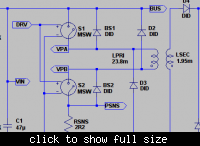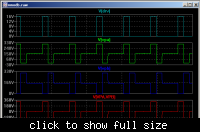CandleCookie
Advanced Member level 4
Ok, thanks Genome. Maybe I'll try to test without the resistors or can I use a lower resistance?
Follow along with the video below to see how to install our site as a web app on your home screen.
Note: This feature may not be available in some browsers.


sorry Genome for late reply.. I have asked. Do you have the registered number for the mail? Can you pm me the number?